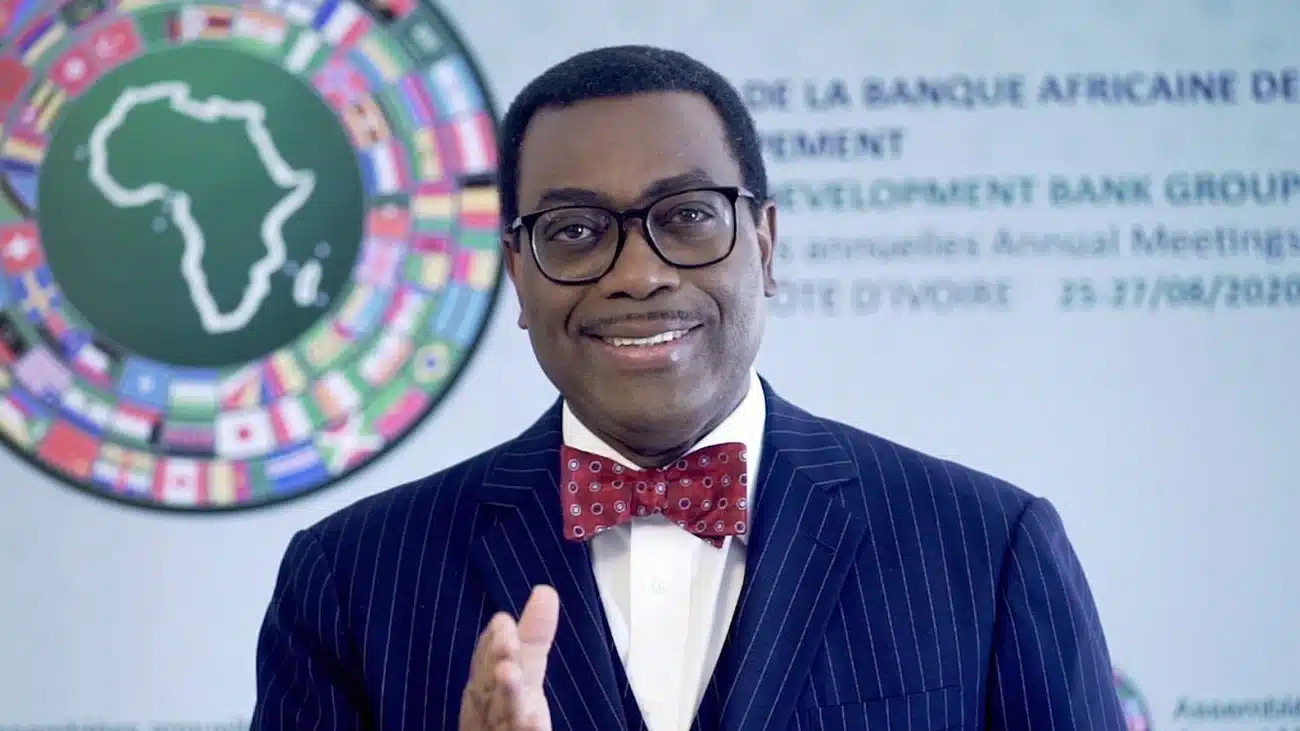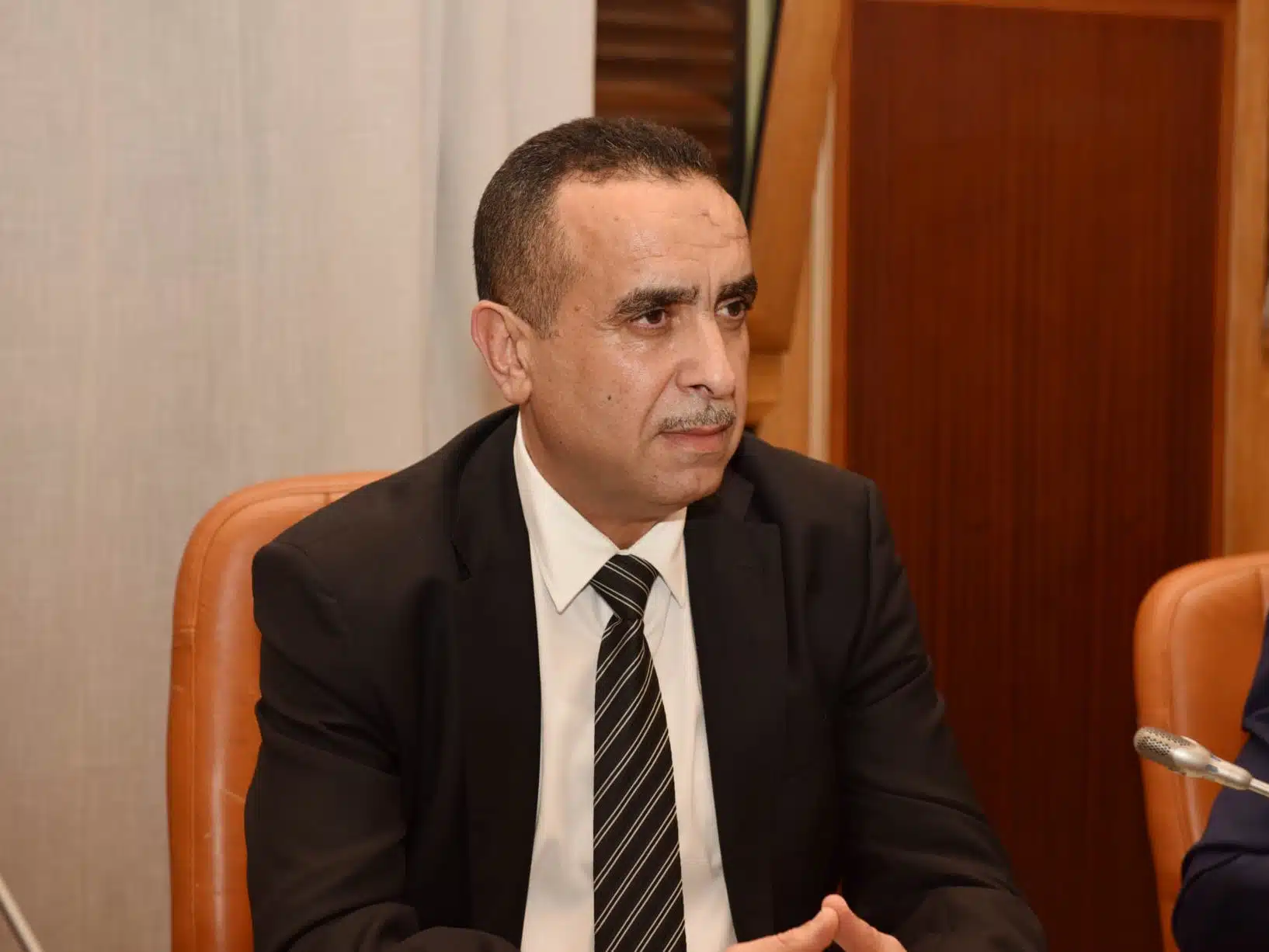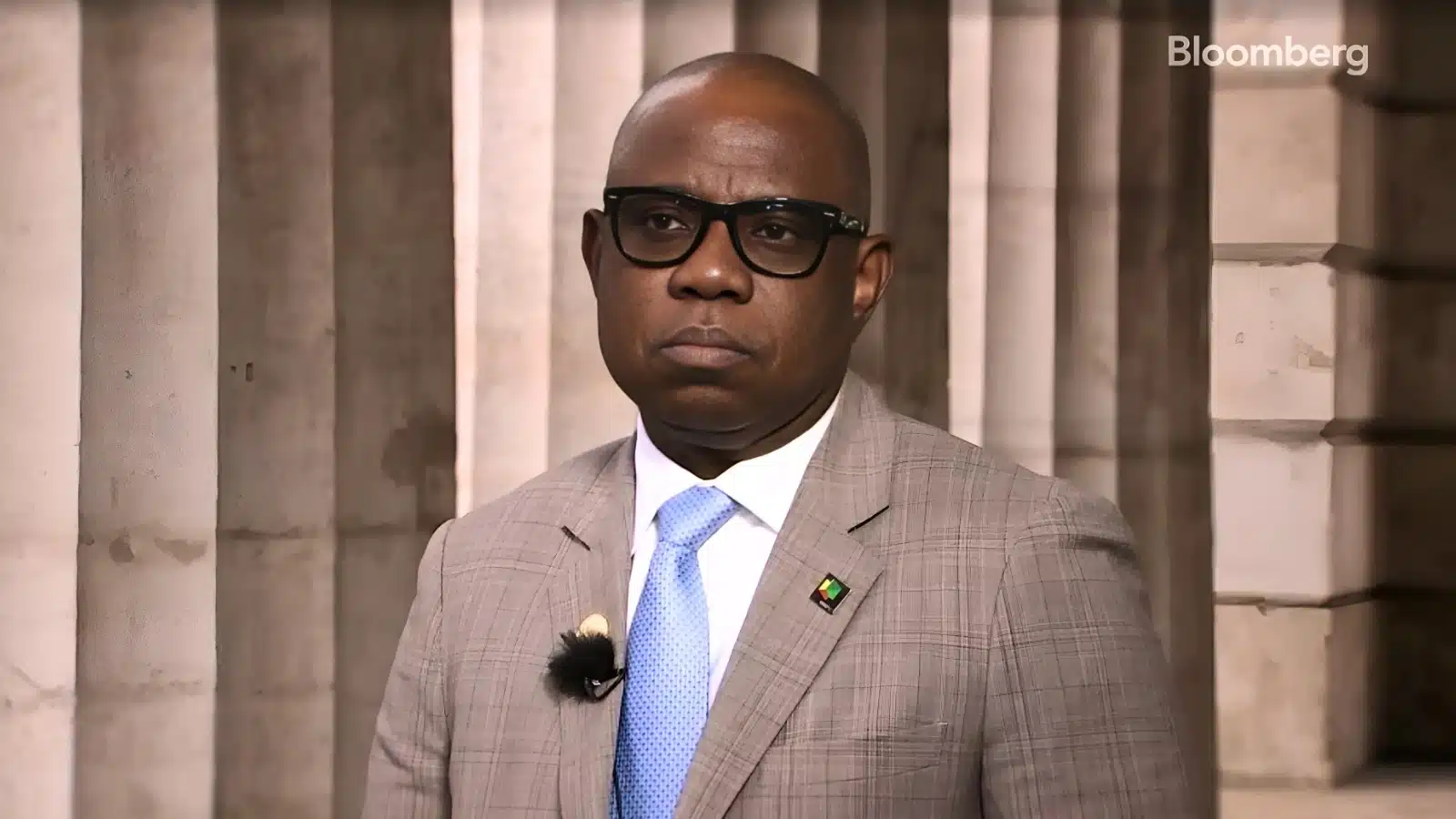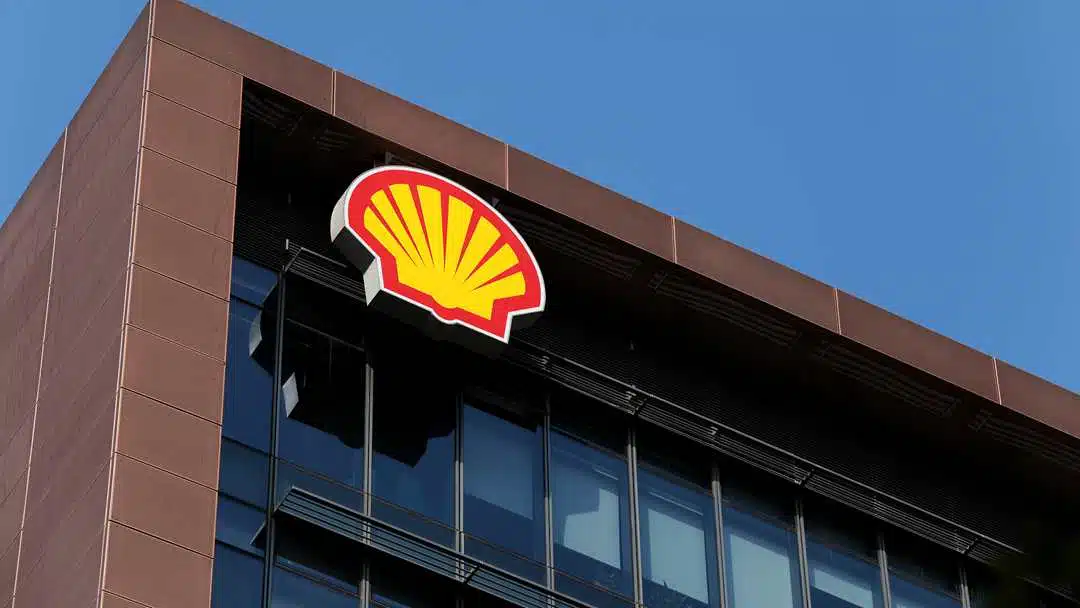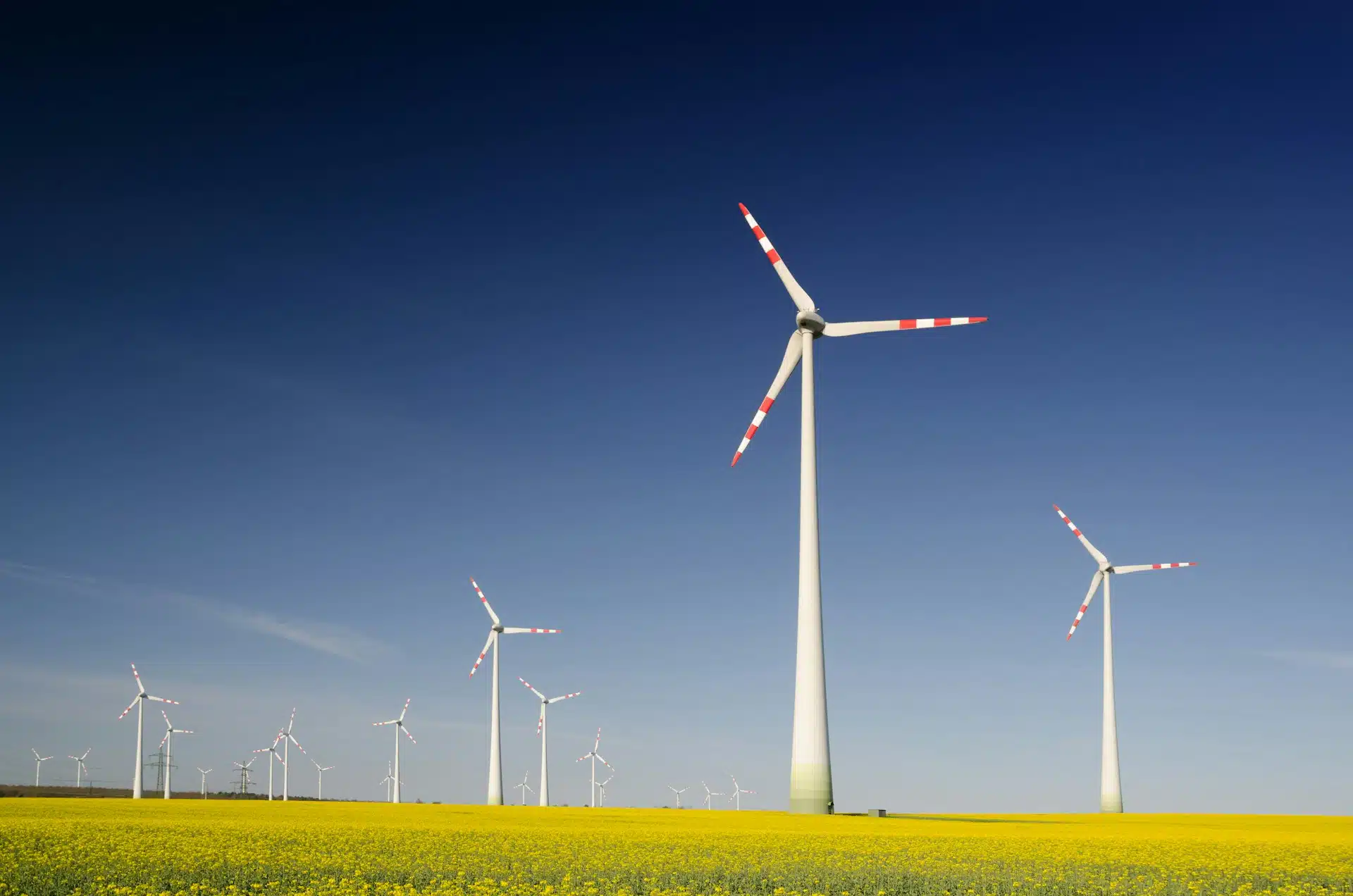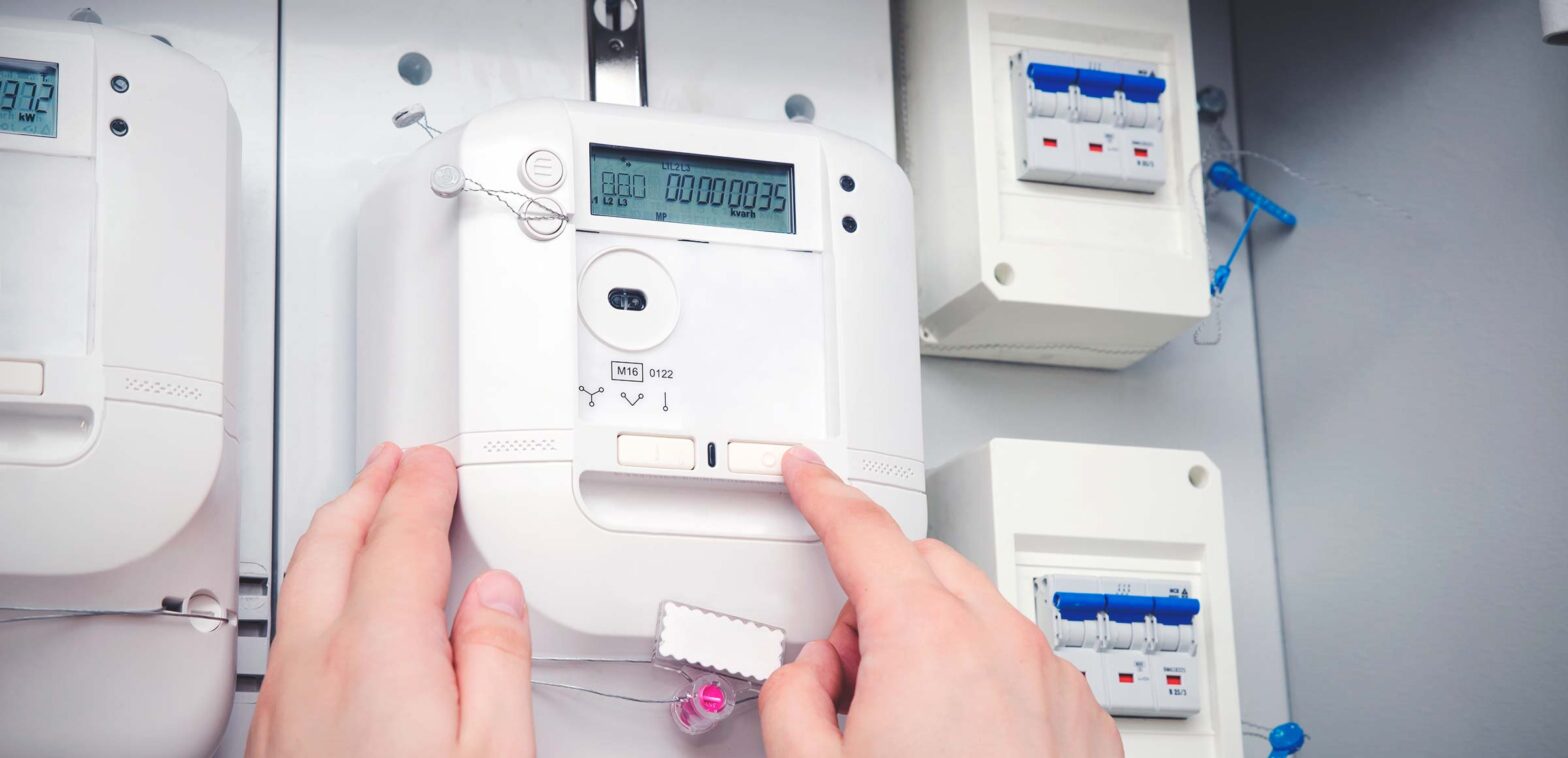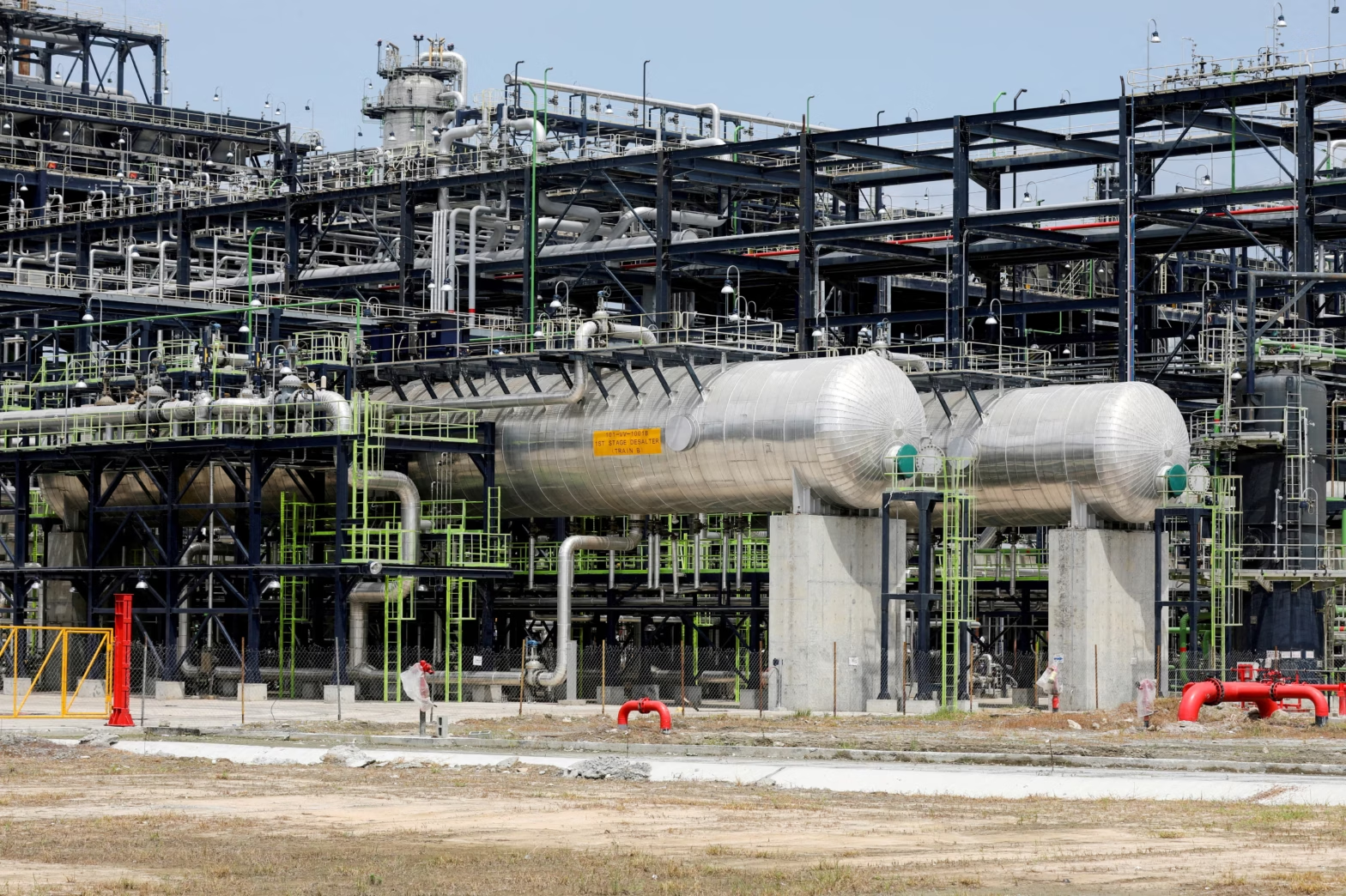The African Development Bank (AfDB) is set to elect a new president this Thursday during its ongoing 2025 Annual Meetings in Abidjan, Côte d’Ivoire.
This will officially mark the end of Akinwumi “Akin” Adesina’s 10-year tenure at the helm of the pan-African financial institution.
Adesina, a Nigerian national, is stepping down after serving the maximum of two consecutive terms.
Widely regarded as one of the most prominent and transformative leaders in the bank’s history, he also holds the distinction of being the first Nigerian to lead the AfDB.
A former Vice President for Policy and Partnerships at the Alliance for a Green Revolution in Africa (AGRA), Adesina rose to national prominence as Nigeria’s Minister of Agriculture and Rural Development between 2010 and 2015 under President Goodluck Jonathan.
His AfDB presidency began on May 28, 2015, when he became the bank’s 8th president.
Upon assuming office, Adesina unveiled an ambitious development blueprint centred on five key priorities dubbed the “High 5s”:
1. Light Up and Power Africa
2. Feed Africa
3. Industrialize Africa
4. Integrate Africa
5. Improve the Quality of Life for the People of Africa
This framework was praised by development experts for being focused, measurable, and transformative.
As Adesina’s presidency comes to a close, opinions on his legacy are mixed.
While critics argue that the AfDB under his leadership has fallen short of execution beyond bold announcements, supporters point to tangible results, particularly in infrastructure and energy development.
During his tenure, the bank mobilized over $50 billion in investments—mostly through co-financing arrangements.
Notably, around $13.5 billion of that amount was channelled into regional infrastructure corridors, which Adesina described as “critical arteries for reducing transport costs, facilitating trade, and enhancing regional integration.”
In total, projects supported under his leadership have reportedly impacted over half of Africa’s population, especially in areas like transport, agriculture, and digital inclusion.
Energy is a central pillar of Adesina’s legacy
Among the High 5 priorities, “Light Up and Power Africa” received the greatest emphasis.
In his inaugural speech in 2015, Adesina asserted that energy is the “engine of economic growth,” and countries with dynamic energy policies tend to have more prosperous populations.
Between 2016 and 2024, the AfDB invested $12.74 billion in the energy sector, facilitating electricity access for 25 million Africans, according to official data.
While this figure is significant, it pales in comparison to the estimated 600 million Africans who still lack access to electricity—excluding the continent’s annual population growth.
Major Energy Initiatives Under Adesina
- New Deal for Energy in Africa
This flagship initiative aims to achieve universal access to electricity in Africa by 2030. It is driven by innovative financing models and strong partnerships across the public and private sectors to implement large-scale energy projects.
The New Deal plays a central role in Africa’s energy transition and supports more sustainable and inclusive economic growth.
- Desert to Power
Launched in 2019 as a subset of the New Deal, Desert to Power seeks to harness the vast solar potential of the Sahel region. The goal is to generate 10 GW of photovoltaic energy and connect 250 million people to electricity.
According to the AfDB, Desert to Power currently includes 10 investment-ready projects across seven of the 11 operational countries.
- Mission 300 Africa
Officially launched in January 2025 by the AfDB in partnership with the World Bank, Mission 300 aims to provide electricity access to 300 million Africans by 2030.
As of early 2025, 12 African countries have joined the initiative by submitting their national electrification strategies—referred to as National Energy Compacts.
- Sustainable Energy Fund for Africa (SEFA)
SEFA is a dedicated financing mechanism under the New Deal that supports the preparation and implementation of renewable energy projects across the continent. It helps de-risk clean energy investments and catalyze private sector participation.
These four flagship initiatives are supported by several complementary programs, including:
- Africa Energy Marketplace
- Facility for Energy Inclusion (FEI)
- African Green Banks Initiative
- Climate Investment Funds (CIF)
Major energy projects funded by AfDB during Adesina’s tenure (2015–2025)
Over the last decade, the African Development Bank (AfDB) has sanctioned several notable energy projects under its flagship initiatives, led by outgoing president Akinwumi Adesina.
These projects span solar, wind, hydro, biogas, and clean cooking energy across multiple African countries, aligning with the bank’s core “High 5” priorities and the New Deal for Energy in Africa.
1.5 GW Benban solar park – Egypt
Located in the heart of the Aswan Desert, the Benban Solar Park is one of Africa’s largest solar developments. Backed by the AfDB, the 1.5 GW facility helps supply clean electricity to thousands of households and meets 20% of Egypt’s renewable energy targets, supporting the country’s energy diversification efforts.
Noor Ouarzazate solar complex – Morocco
Spread across four power stations, Morocco’s Noor Ouarzazate Solar Complex produces over 1,886 GWh annually, supplying power to 6% of the Moroccan population.
The project prevents 700,000 tonnes of CO₂ emissions each year.
The AfDB played a key role in mobilizing financing for this milestone project, widely considered one of Africa’s clean energy success stories.
$8.79 million UBEP project – Uganda
In May 2025, the AfDB approved nearly $8.8 million to fund the Uganda Biogas and Electric Cooking Project (UBEP), aimed at reducing Uganda’s heavy reliance on biomass for cooking.
Covering 64% of the project cost, the AfDB partnered with the UK Foreign, Commonwealth and Development Office and the Government of Uganda to scale up clean cooking access.
$29.5 million Sakodè solar project – Togo
The bank recently approved a $29.5 million package for a 62 MWp solar PV plant in Sokodè, Togo.
The facility is expected to produce 87 GWh of electricity annually, delivering clean, affordable power and addressing energy deficits.
The financing includes $20.7 million from AfDB and an additional $8.8 million from SEFA and PROPACO.
$1.5 million hydroelectric grant – DR Congo
In March 2025, DR Congo signed two grant agreements worth $1.5 million with the AfDB for hydroelectric infrastructure development at Mbanza Ndounga and Linzolo, near Brazzaville.
The funding, supported by KOAFEC and the Middle-Income Country Technical Assistance Fund, aims to boost electricity access and reduce the country’s energy shortfall.
$10 million power investment – Nigeria & West Africa
In December 2024, the AfDB approved a $10 million equity investment in the ARM-Harith Successor Infrastructure Equity Fund, targeting Nigeria and other West African countries.
The fund will support the delivery of 200 MW of renewable energy, reduce CO₂ emissions by 800,000 tons, create 10,000 jobs, and enhance energy access for 100,000 households.
$43.6 million transmission project – Mozambique
Through the African Development Fund (ADF), the AfDB recently approved $43.6 million for the Namaacha–Boane transmission line in Mozambique.
This will facilitate the transmission of 332 GWh of clean wind energy annually from the 120 MW Namaacha Wind Farm, implemented by Electricidade de Moçambique (EDM) and private-sector-led Central Eléctrica da Namaacha (CEN).
From 2015 to 2025, the AfDB has approved over $8.3 billion in energy sector commitments, with a strong focus on renewable energy and sustainable infrastructure.
Who succeeds him?
While the identity of the next AfDB president remains uncertain until Thursday’s vote, five strong contenders are actively campaigning for the top position at Africa’s largest development finance institution.
The candidates include:
- Amadou Hott (Senegal)
- Swazi Tshabalala Bajabulile (South Africa)
- Samuel Munzele Maimbo (Zambia)
- Sidi Ould Tah (Mauritania)
- Abbas Mahamat Tolli (Chad)
New challenges facing the incoming leadership
Despite the African Development Bank (AfDB) maintaining a strong capital base of $393 billion, its incoming leadership faces mounting challenges.
The chief among them is shrinking concessional funding.
U.S. President Donald Trump has proposed eliminating a $555 million contribution to the AfDB.
This move could jeopardize the bank’s ambitious “Mission 300” electrification goal.
Additionally, the U.S. government has decided to end the Power Africa Initiative, which was originally aimed at adding 30 GW of renewable energy capacity across the continent.
Energy aid from traditional Western donors is increasingly under threat, driven by shifting priorities and tightening global development finance.
Nevertheless, sustaining foreign capital inflows from other key donor nations remains critical for the new bank leadership.
They are needed to de-risk and mobilize private-sector investments to advance large-scale strategic energy programs such as “Mission 300” and “Desert to Power.”
Overall, the past 10 years under Akinwumi Adesina have seen the African Development Bank (AfDB) playing an important role in advancing clean energy across Africa through a range of strategic interventions.
Adesina has charted a clear energy course aimed at addressing the continent’s longstanding energy deficit.
However, to ensure the successful execution of these projects, the Bank must structure its policies and regulations to better encourage private sector investment.
From all indications, this may be the most critical task awaiting the next AfDB president.
Africans now watch closely to see if—and how—the incoming leadership will set this score.

